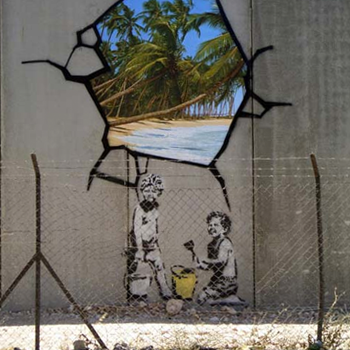How did the U.S. stop the Japanese aggression in Asia?
1 Answer
They had superior economic power.
Explanation:
The Japanese attack on Pearl Harbour in December 1941, was designed to knock out the American fleet in the Pacific. The Japanese felt the Americans did not have the resolve for a protracted war and would sue for peace.
The Japanese followed this attack by continuing their relentless conquest of South East Asia, including driving the Americans out of the Philippines.
However the attack on Pearl Harbour did not destroy the American fleet in the Pacific. Crucially her aircraft carriers were at sea that day and this would prove pivotal in the subsequent naval battles.
The American economy switched very quickly to a war economy. The Japanese could not compete with the capacity of the US to produce military hardware.
This did not mean that the defeat of Japan was straightforward. Japanese militarism and the Bushido code meant that as the Americans started to advance island by island they were met with ferocious and indeed suicidal defence from the Japanese occupying forces.
Taking islands such as Guam, Iwo Jima, Saipan and many others led to very heavy loss of American lives.
However the Americans were prevailing. The Japanese had built a very substantial navy but the days of battleships were over. Key to naval success was aircraft carriers and air attacks. At battles such as Midway and Leyte Gulf the Americas prevailed and super battleships such as the Yamato proved to be ineffective.
Nevertheless the huge loss of life incurred in taking islands led the Americans to believe that an invasion of mainland Japan would lead to an unacceptable loss of American lives. The decision was then taken to drop the bomb, first on Hiroshima, then Nagasaki. Only then did the Japanese surrender.

